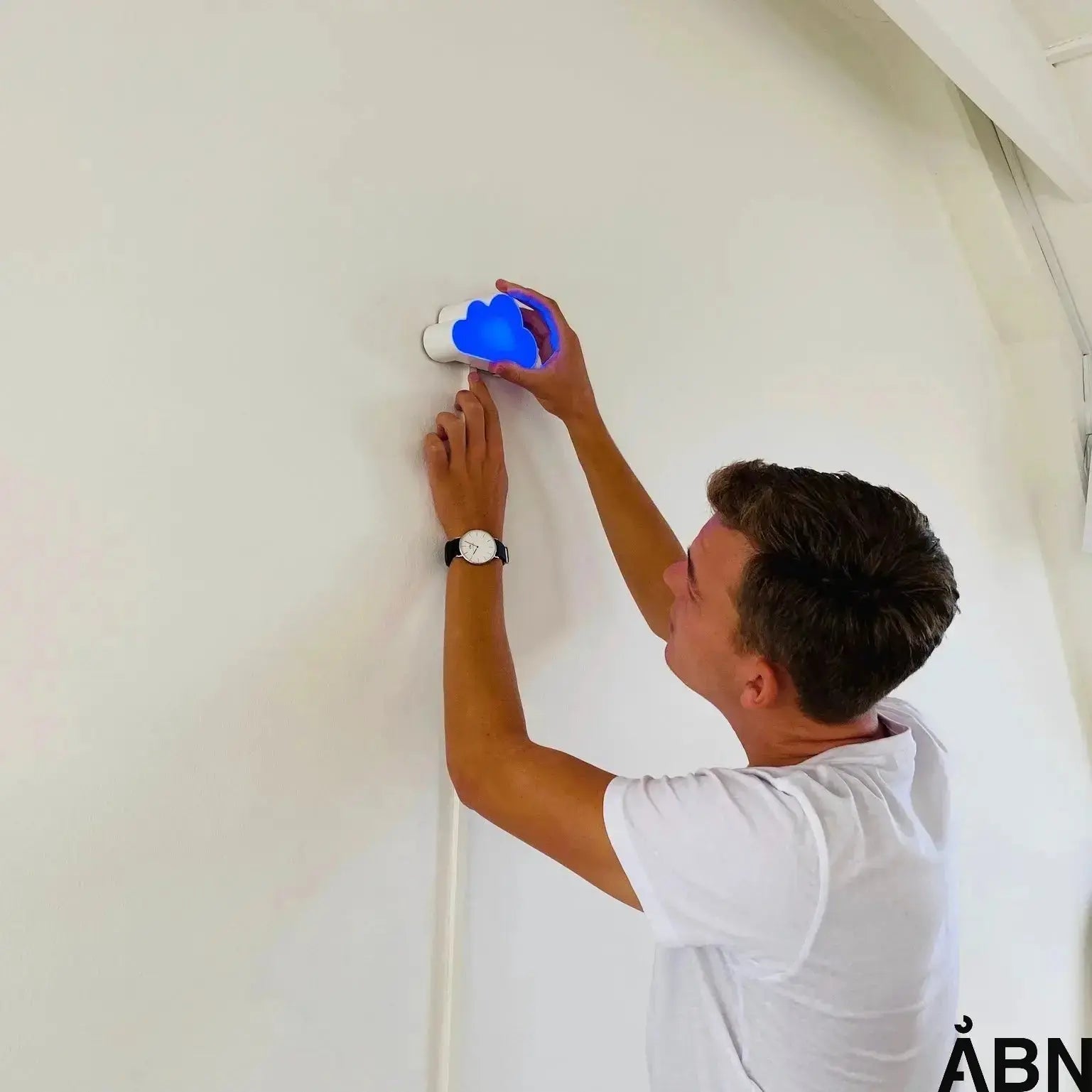Here are 4 truths and myths about ventilation and indoor climate. No matter if you are in the office, at school or at home, these myths and truths will apply.
"One long venting is as good as 3 short ones" - FALSE.
But why? You see, this is because the air actually becomes "bad" during the day. It is recommended to ventilate 3 times a day, but only 5-10 minutes at a time. If you do a long ventilation from the morning, the air has already become "bad" during the morning.

"It can affect your health if you don't ventilate properly" - TRUE
The amount of CO2 increases as air is not released, and if it is over 1000 PPM it can cause concentration difficulties, headaches and affect learning. In addition, venting can also lower the risk of infection from COVID-19 by up to 70%! Here, a CO2 indicator will therefore be an optimal solution as it will show you the figures for the CO2 level, and thus indicate when it should be aired out.“You can never vent too much” - FALSE
If you leave the window open for too long, you risk the walls and surfaces becoming too cold, and this can lead to, among other things, moisture damage and condensation which are the root of e.g. mould."Thorough ventilation can reduce the risk of getting sick" - TRUE
Not only COVID-19 but also e.g. Influenza is mainly transmitted through droplets that come from coughing or sneezing. These droplets hang in the air and can, among other things, sit in dust. (It is therefore also really important to clean and dust regularly) In addition, a virus lives best in moist environments, so by airing out and thereby reducing condensation, you give viruses a very bad environment to live in, and thereby also infect continue. Although the government has now removed all restrictions, we must still look after each other and try to reduce the risk of infection as much as possible.
Although many buildings have now been renovated with a new and fancy ventilation system, this does not necessarily mean that the air is optimal. This is also where our intuitive solution, THE CLOUD, comes into play. It can visualize the air quality simply by lighting up red or blue.
If you follow this advice, you can e.g. in the office or in the classroom get a much better indoor climate.









